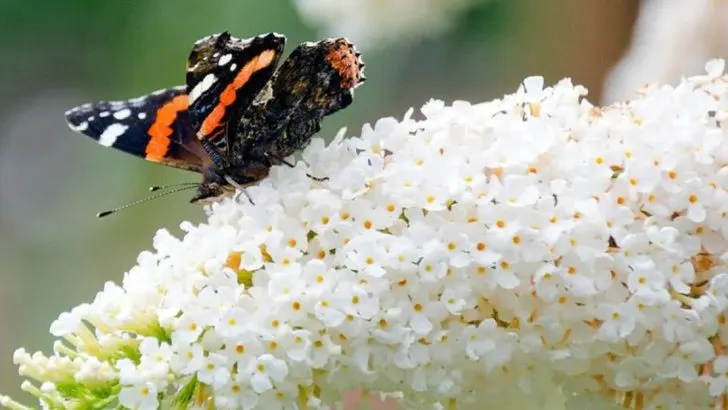If you want to bring more life, color, and movement into your garden, few things are as magical as a butterfly garden. These fluttering pollinators aren’t just beautiful—they’re also essential for supporting local ecosystems and encouraging plant reproduction. But to truly attract and nourish butterflies, your garden needs more than just any flowers—it needs the right plants.
This list highlights 10 must-have plants that provide nectar, host habitats, and shelter for a wide variety of butterfly species. From bright annuals to perennial favorites, these plants will turn your outdoor space into a thriving butterfly haven, no matter your garden’s size or location.
Milkweed

Milkweed, with its clusters of bright orange and pink flowers, is a must-have for any butterfly garden. This plant is especially crucial for monarchs, as it’s the only plant where they will lay their eggs. Its fragrant nectar also attracts a variety of butterfly species, making it a bustling hub of activity. Despite its name, Milkweed is quite the gentle giant in the garden, offering a splash of color and life that few other plants can match. Allow it to naturalize in a sunny corner, and watch as your garden becomes a monarch nursery.
Lavender

Lavender isn’t just a treat for the nose; its purple blooms are a butterfly magnet. The aromatic scent is soothing, and the sight of butterflies alighting on its stalks adds a touch of whimsy. This perennial herb thrives in sunny, well-drained soils and is perfect for creating a calm, meditative space. Lavender can transform your garden with its beauty and fragrance, creating a haven for butterflies and humans alike. Plant it along borders or pathways where its delightful aroma can be best enjoyed.
Coneflower
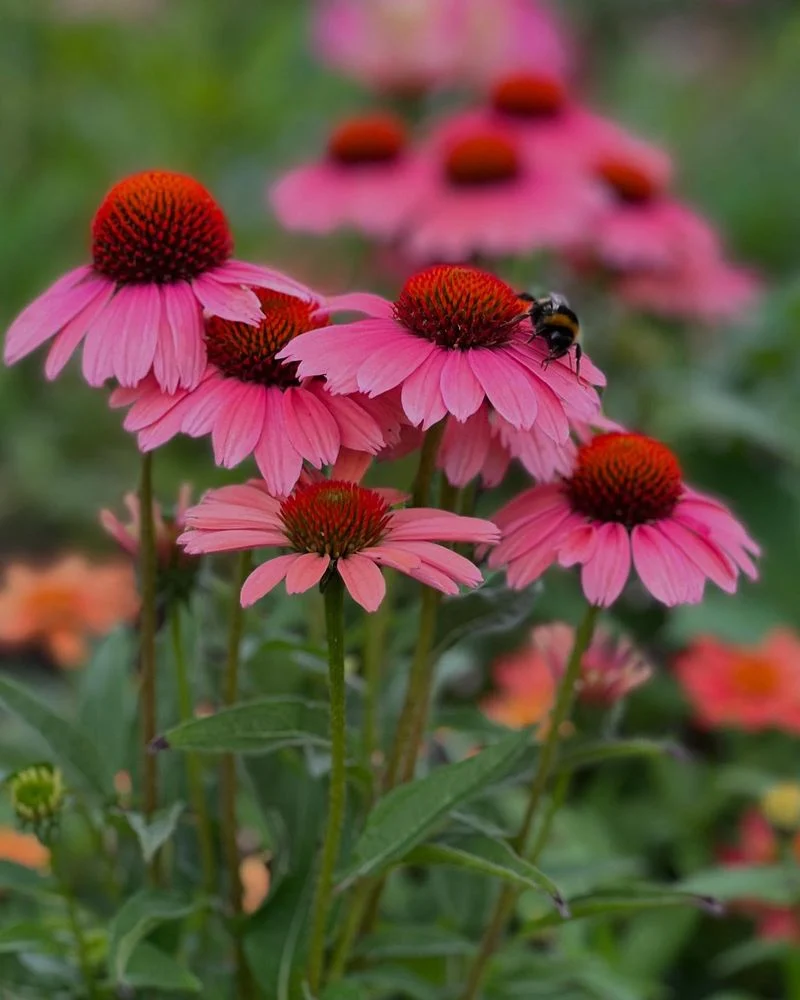
Coneflowers, with their sturdy stems and large, daisy-like petals, are a favorite among butterflies and gardeners. The striking purple and pink hues provide a rich source of nectar. Their low maintenance nature makes them a garden staple. Coneflowers stand tall and proud, inviting a host of butterfly species. They bring not only color but a certain wild beauty to your garden. Consider pairing them with grasses for a prairie-like effect that will captivate butterflies and visitors alike.
Butterfly Bush
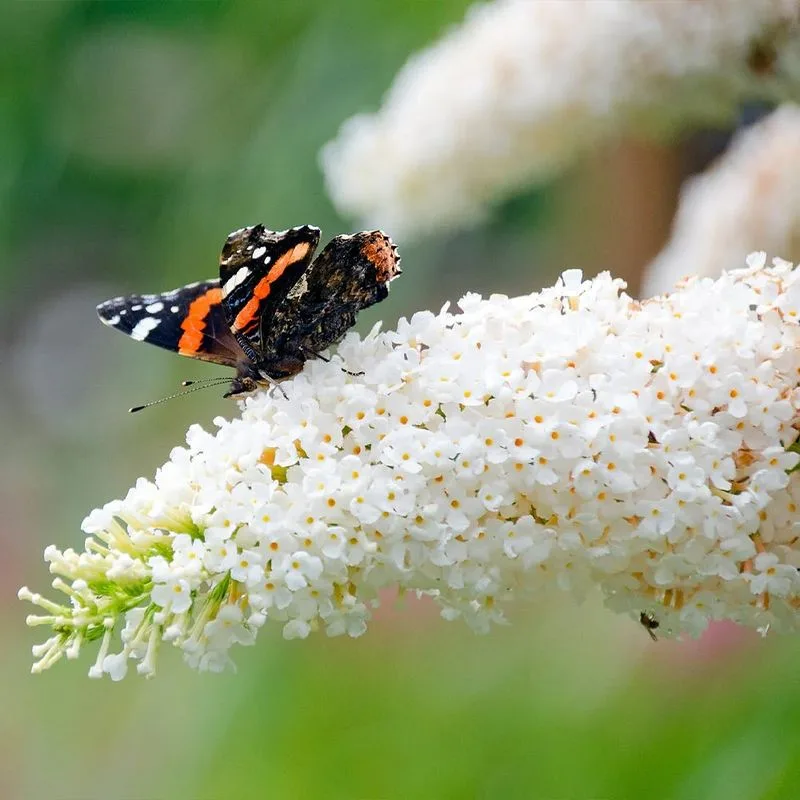
As the name suggests, the Butterfly Bush is irresistible to our winged friends. With its elongated clusters of fragrant blooms, this plant creates a striking focal point. Its appeal is not just visual; the sweet scent it exudes is enchanting. Choose a sunny spot and watch it flourish, attracting butterflies by the dozen. While it may sound exotic, the Butterfly Bush is surprisingly easy to grow, making it a favorite for those looking to add a touch of elegance and activity to their garden.
Zinnia
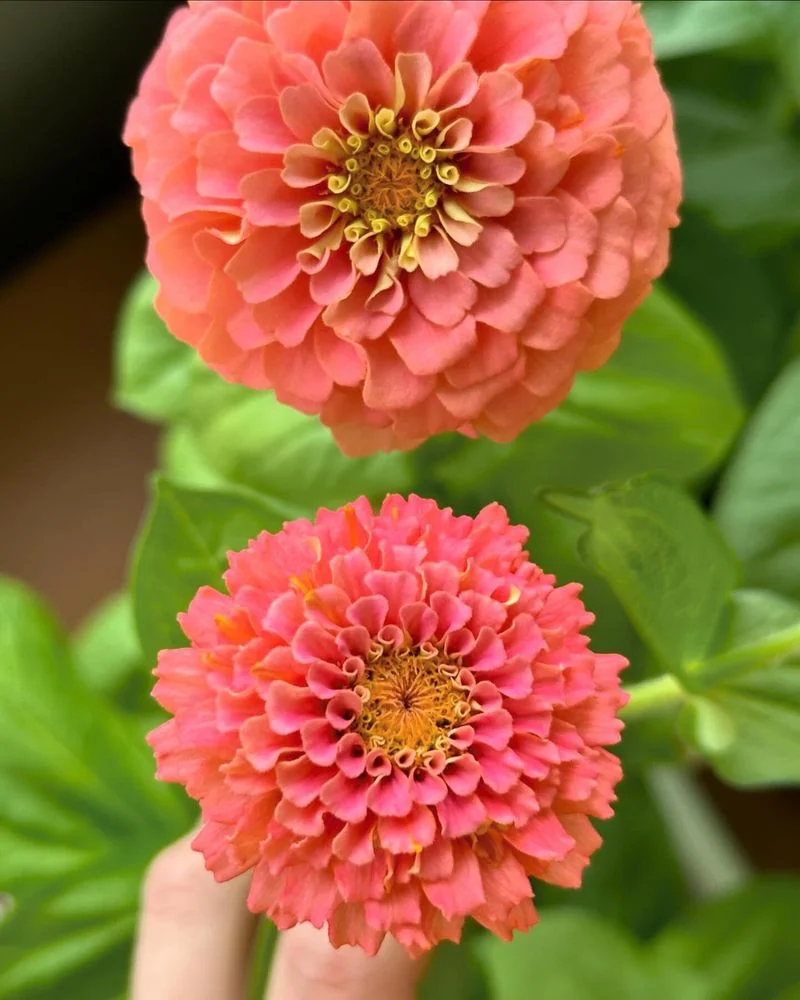
Zinnias bring a burst of color that butterflies find irresistible. Their vibrant reds, oranges, and yellows are like nature’s own celebration. These annuals are easy to grow, making them ideal for gardeners of all skill levels. Zinnias’ upright blossoms provide perfect landing pads for butterflies. Their cheerful presence can brighten any garden corner, drawing in a diverse array of butterfly species. To extend their blooming season, routinely deadhead the flowers and enjoy the ever-present flutter of wings.
Marigold
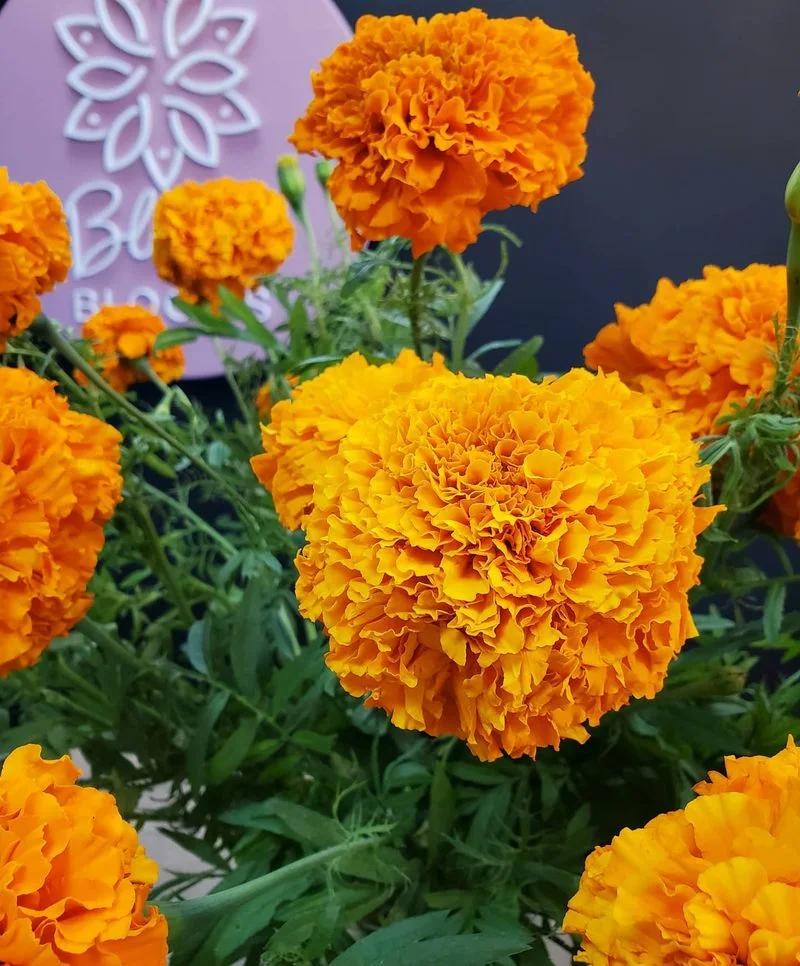
Marigolds, with their sunny disposition, attract butterflies with ease. These bright orange and yellow blooms create a vivid spectacle. Beyond their beauty, marigolds are known for their pest-repellent properties, making them a practical addition. Plant them in groups for maximum impact, and watch as butterflies flock to them. Their low maintenance and sturdy nature mean they are as reliable as they are beautiful. A classic choice for any butterfly garden.
Black-eyed Susan
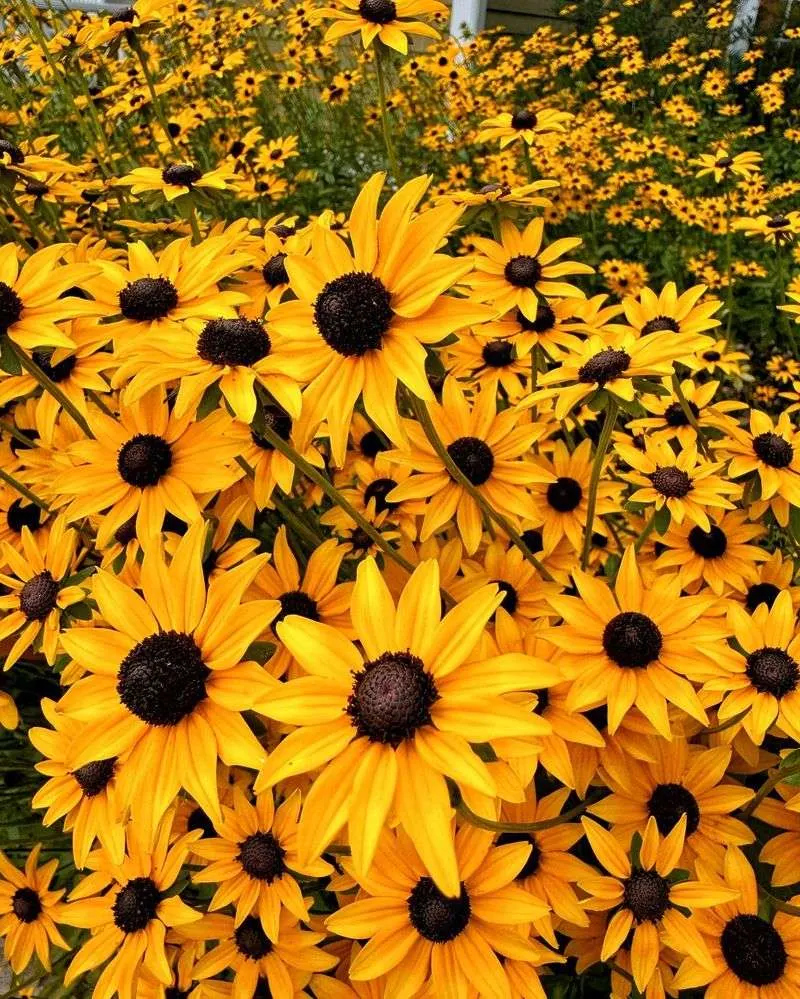
Black-eyed Susans are a staple for attracting butterflies. Their golden petals and dark centers are not only visually appealing but also a rich source of nectar. These perennials are easy to grow and offer a brilliant display of color. Black-eyed Susans have a unique charm that draws in butterflies and adds warmth to the garden. Whether lining a pathway or clustered in a flowerbed, they provide a lively and inviting atmosphere that butterflies can’t resist.
Bee Balm
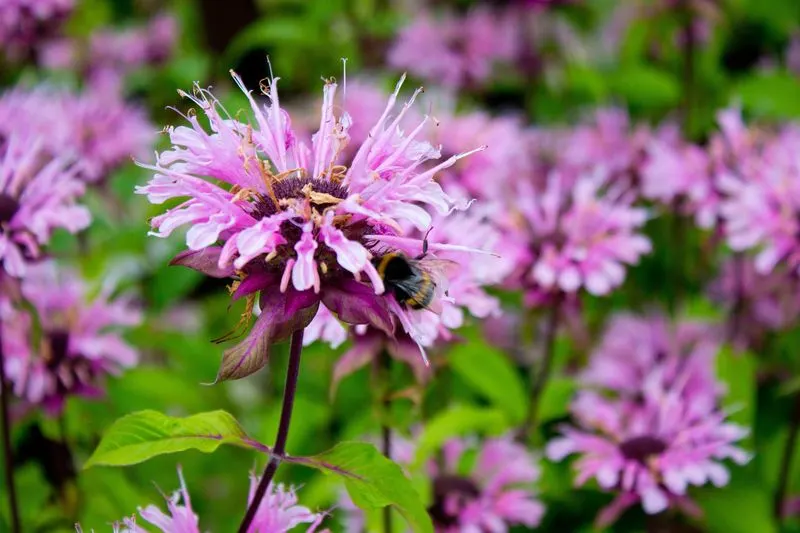
Bee Balm’s vibrant, tubular flowers are a feast for butterflies and bees alike. This plant adds a splash of color and a touch of wild beauty to any garden. It’s known for its aromatic leaves, which can be used in teas and potpourris. Be sure to plant Bee Balm in a sunny spot with good air circulation to prevent mildew. Its striking reds and purples are not only visually stunning but also a call to butterflies, ensuring your garden is alive with activity.
Verbena
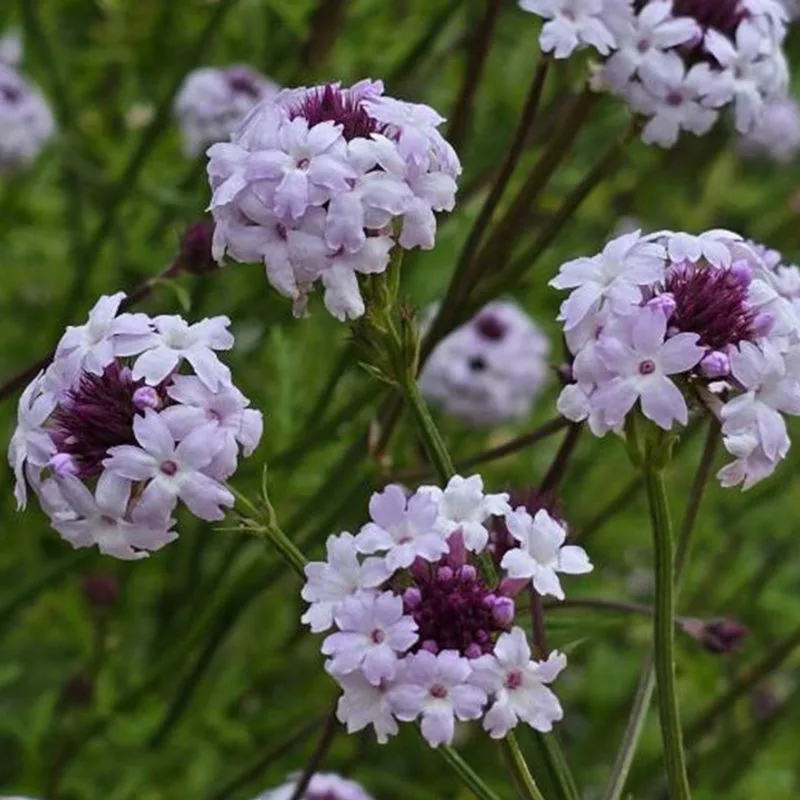
Verbena’s delicate clusters of purple flowers offer both beauty and resilience. This plant is drought-tolerant, making it a versatile choice for various garden settings. Its nectar-rich blooms attract butterflies, ensuring your garden remains a bustling paradise. Verbena’s low maintenance nature allows it to flourish with minimal effort. Whether cascading over a garden wall or filling a container, its elegance and charm are undeniable. A perfect choice for those looking to enhance their garden’s allure with butterflies.
Aster
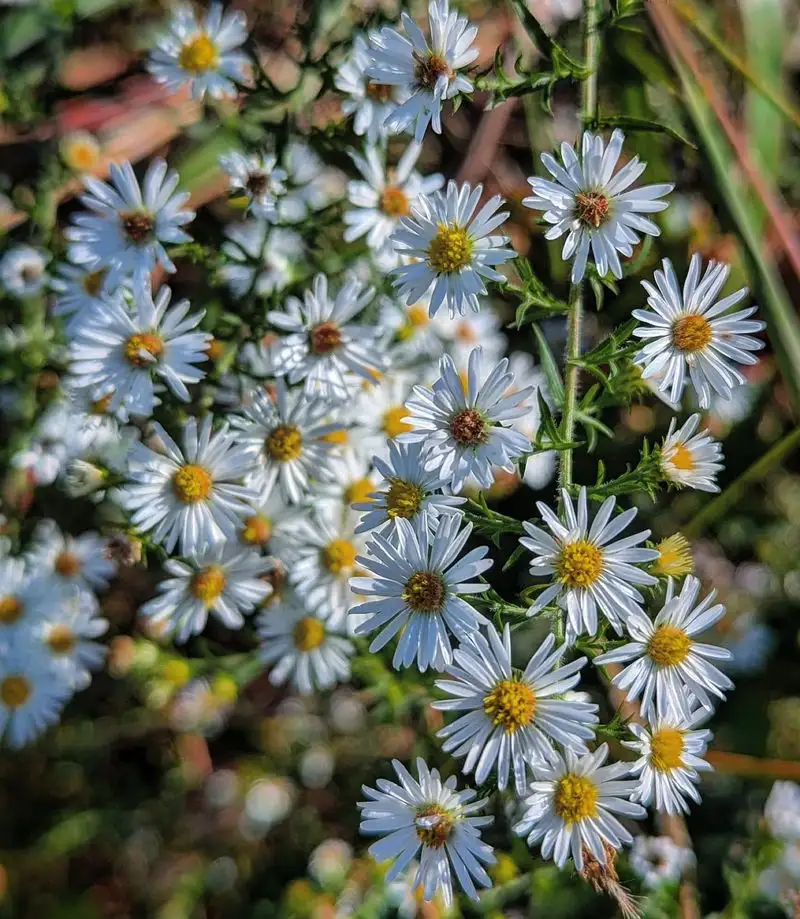
Asters are the unsung heroes of the butterfly garden, offering late-season blooms when other flowers have faded. Their star-shaped flowers come in a variety of colors, providing a vital source of nectar as autumn approaches. These perennials are easy to grow and maintain, making them a practical choice. Asters’ gentle hues and graceful appearance offer a serene setting in any garden. They’re a testament to nature’s ability to provide beauty and sustenance, even as the days grow shorter.

